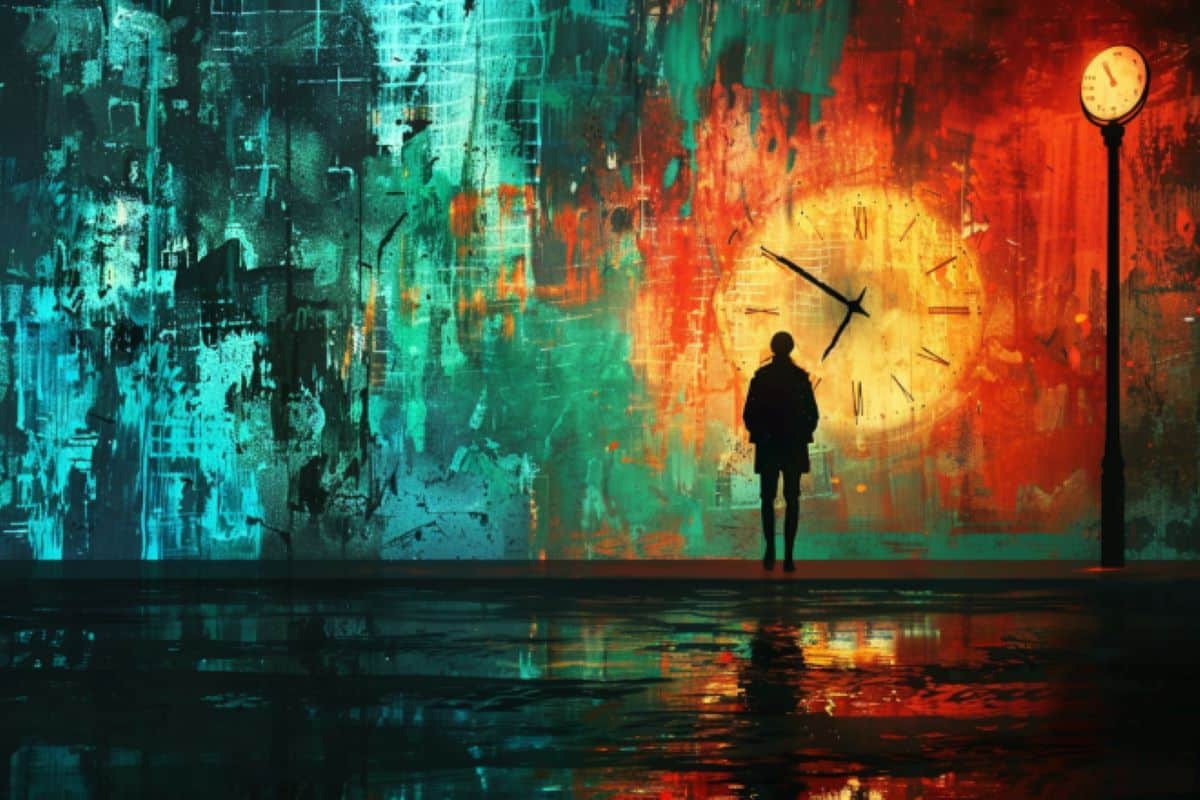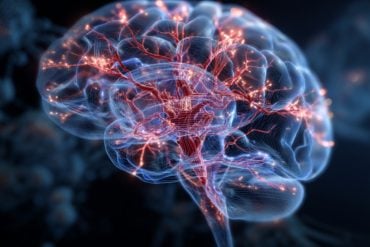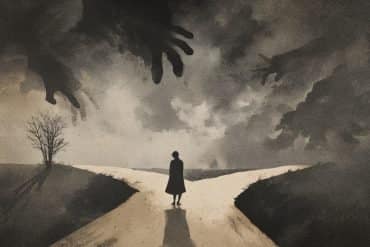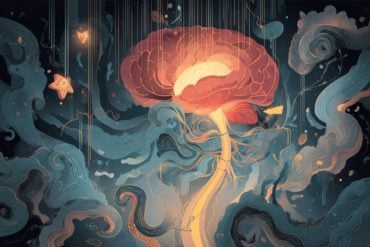Summary: Researchers found that pandemic-induced loneliness led to disorientation and time confusion. Surveying 3,300 French participants, the study revealed a strong link between social isolation and temporal disorientation.
Young people under 25 were the most affected. The researchers call this phenomenon “temporal rupture,” highlighting the pandemic’s deep psychological impact.
Key Facts:
- Pandemic loneliness caused confusion about time and social interactions.
- Young people under 25 experienced the highest levels of disorientation.
- The study introduces the concept of “temporal rupture” to describe the split in time perception caused by the pandemic.
Source: University of York
Feelings of loneliness and social isolation during the pandemic left many people confused about the order of events and struggling to remember what day of the week it was, a new study reveals.
The research, from the University of York, looked at the psychological impact of the pandemic, which spread to the UK in March 2020, through the lens of disorientation.
The researchers asked more than 3,300 French participants nearly 60 questions analysing the psychological effects of lockdowns. The survey took place during an acute phase of restrictions when there was a lockdown followed by a strict curfew.
The findings reveal both social and temporal disorientation — a sensation of disarray in social interactions and sense of time – was common.
Many participants in the study described feeling out of place and unsure how to behave in social situations.They also reported experiencing a blurring of time and feeling adrift as they struggled to keep track of events prior to the pandemic as well as what day of the week it was.
The difficulty also extended onwards in time. Participants found it harder to imagine what lay ahead, and they felt more anxious and less in control of their future.
The researchers found that people who felt disconnected socially were highly likely to also experience temporal disorientation. Their analysis of the study data suggested a causal relationship between the two, with social isolation leading to disruptions in the experience of time.
Dr Pablo Fernandez Velasco, a British Academy postdoctoral fellow at the University of York, and the lead author of the study, said: “We found that social disorientation was a strong predictor of temporal disorientation and it looks likely that there was a causal relationship between the two.
” Feeling lonely and isolated from others seems to warp our perception of time, with a sense of feeling lost and confused spanning the past, present and future.
“Many people in our society, across all groups and demographics, suffer from loneliness. The findings of our study reinforce the importance for public authorities to address the compounding effect of feeling isolated both during crises and in day to day life.”
The researchers found that young people under 25 were the age group most affected by feelings of disorientation.
The researchers suggest their findings point to a new phenomenon which they call “temporal rupture” which is like a fault line in our minds separating the “before” and “after” of the pandemic.
Dr Fernandez Velasco added: “Our study shows that the sense of a rift separating time before and time after the pandemic was a common experience during the Covid-19 crisis.
“The larger the experienced rift between pre-pandemic and pandemic times, the more disorientated people felt.
“The personal accounts collected in our study help advance the understanding of the potential impacts of feelings of loneliness and isolation via the extraordinary experiences of the pandemic.”
About this time perception and loneliness research news
Author: Shelley Hughes
Source: University of York
Contact: Shelley Hughes – University of York
Image: The image is credited to Neuroscience News
Original Research: Open access.
“Social and temporal disorientation during the Covid-19 pandemic: An analysis of 3306 responses to a quantitative questionnaire” by Pablo Fernandez Velasco et al. British Journal of Psychology
Abstract
Social and temporal disorientation during the Covid-19 pandemic: An analysis of 3306 responses to a quantitative questionnaire
The societal hallmark of the Covid-19 pandemic was a set of mitigation measures such as lockdowns and curfews. The cognitive impact on the public of the resulting spatial, social and temporal constraints is still being investigated.
While pandemic time has been extensively studied and mostly described as slowed down and elongated, opposite experimental patterns across national and social contexts leave open an important explanatory gap in order to understand which factor has been causally fundamental in determining the phenomenology of the crisis.
In this paper, we use a quantitative questionnaire developed for measuring temporal and social disorientation on a sample of 3306 respondents during an acute phase of restrictions in France. We show that social disorientation greatly contributed to the temporal disruptions experienced during the pandemic.
This result reinforces the importance for public authorities to address the compounding effect of feeling isolated during crises.







